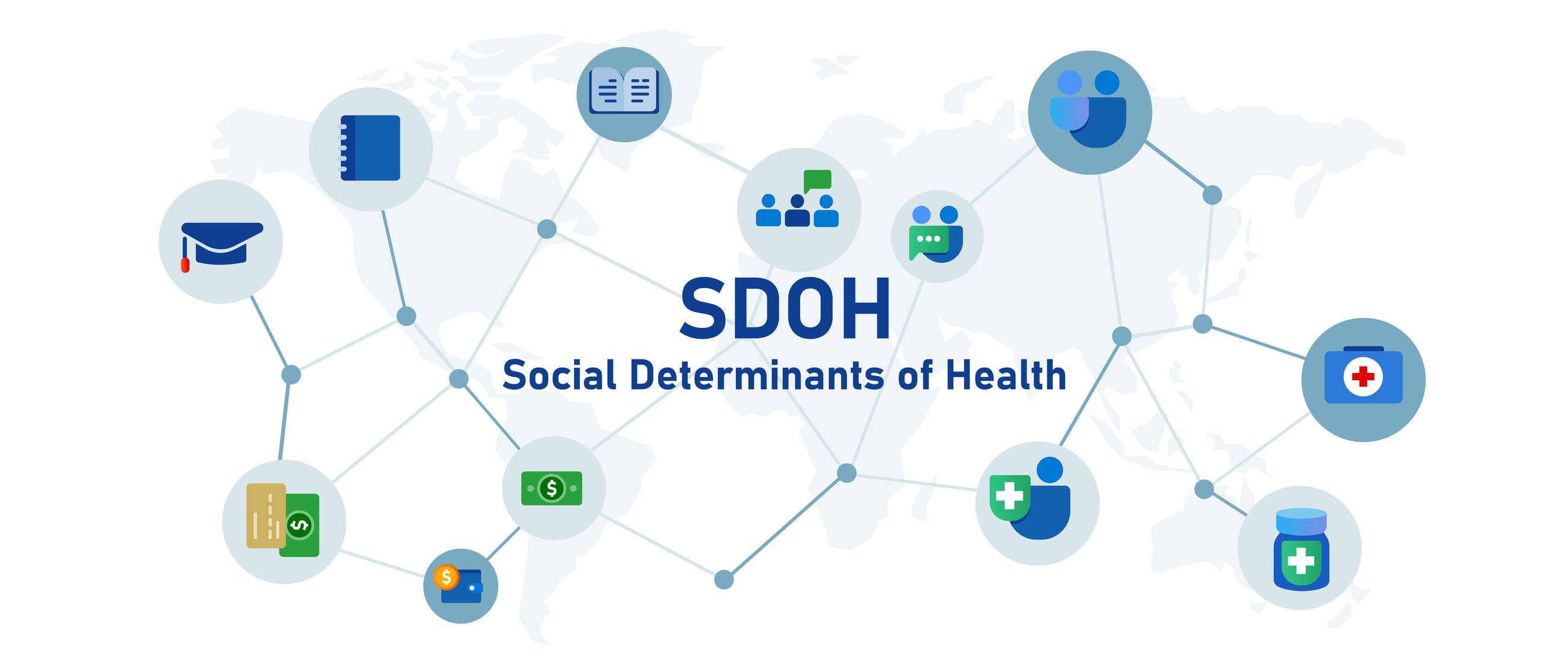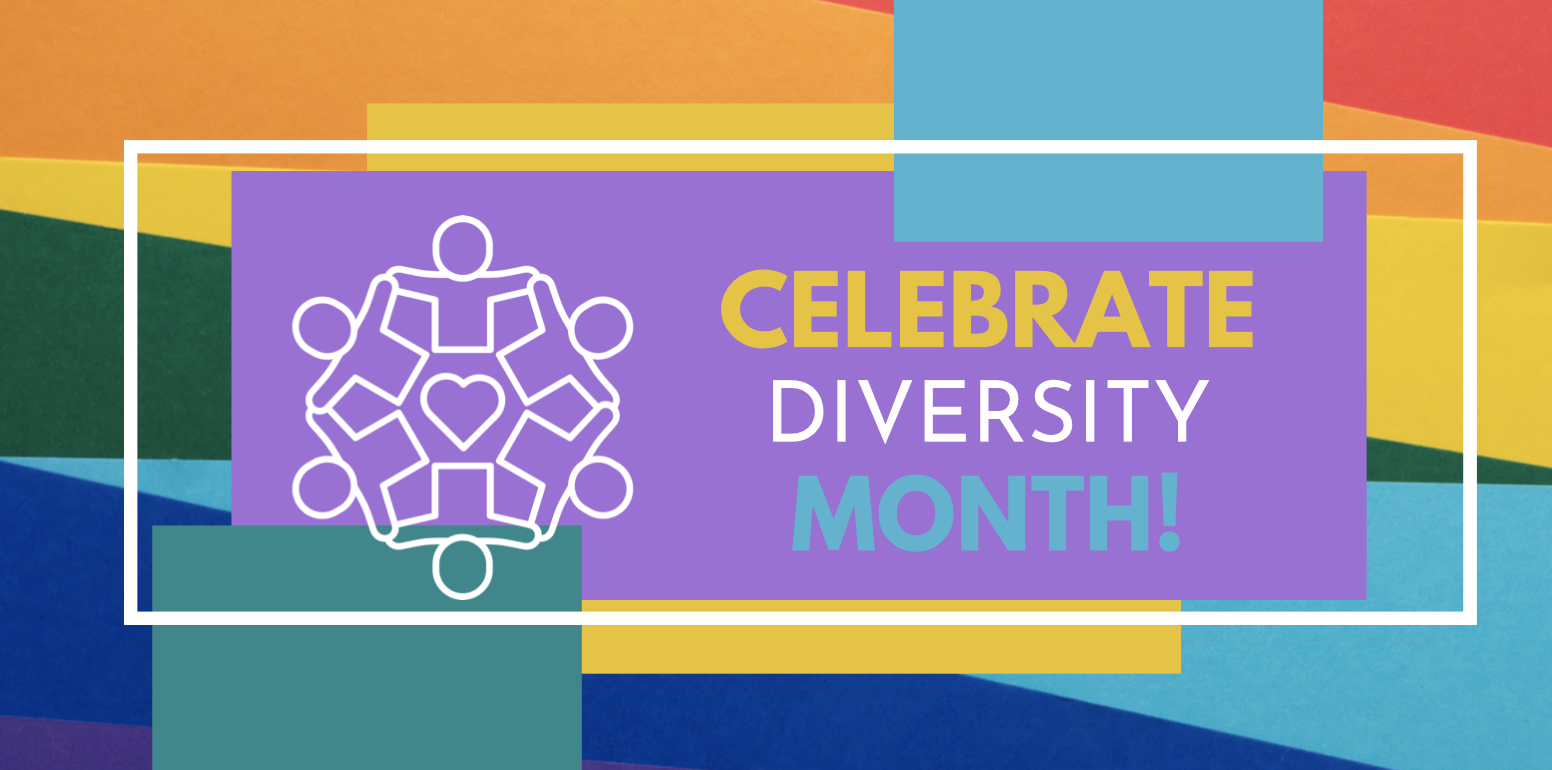Anyone who has been in the nursing field for an extended period of time will tell you that a lot has changed. In fact, the twentieth century brought – literally – a technological “invasion” to nursing.
According to Kaplan Nursing, from small advances, like digital thermometers, to sophisticated strides, like laser surgery, health care as a whole has been on quite a rollercoaster - and nurses have been along for the ride.
Medical advancements and information technologies of the twentieth century have not only changed the face of the nursing – they have become part of the intricate fabric of the field.
But what are the technologies responsible for this monumental transformation?
One nursing professional – and author of a site called The Nurse Lady- offers these 19 technologies that changed nursing forever.
1.Electronic IV monitors
There was a time when IVs had to be administered with a nurse’s constant attention to ensure a steady flow. Manual IVs were highly sensitive to a patient’s movement and the flow of the IV could be sped up or slowed to a crawl by a subtle movement. To prevent this, nurses had to directly administer an IV from beginning to start. With the advent of IV pump infusion and electronic monitoring, nurses are freed up to initiate an IV and allow a machine to monitor and regulate the process. If there is an error, the system tries to correct it, and otherwise contacts the nurse via remote monitoring.
2.The Sphygmomanometer
The sphygmomanometer is simply a fancy term for electronic blood pressure cuffs that also measure heart beat rate automatically. Gone are the days when a nurse had to measure blood pressure manually. According to one nurse, this is the technological change that makes the biggest daily difference.
3.Information management
As computer technologies become the primary means of managing patient information, nurses have had to adapt their record-keeping practices and increase their computer skills. Nursing informatics is a specialty that has emerged, combining IT skills and nursing science.
4.The portable defibrillator
Manual CPR can only do so much and for the longest time this was the only method available to many nurses for reviving someone’s heart. Now, even school nurses stand a fighting chance to save the life of a person whose heart has failed. The few minutes after heart failure are critical, and the portable defibrillator allows for immediate resuscitative action.
Sturdy, portable IT devices
Tablet computers and mobile wireless computer stations are now a standard part of the day-to-day methods of delivering care to patients. Charts are updated continuously, in real time, providing nurses with immediate access to essential patient information.
6.Readily accessible base of information
Wireless Internet connections quickly make reference materials available. This can prove very helpful for diagnosis, especially when using a resource like WebMD.
7.The sonogram/ultrasound
Ultrasound devices provide nurses working with pregnant patients the ability to see inside the womb. Ultrasound has been nothing short of revolutionary in the field of Women’s Health and pregnancy, allowing nurses and doctors to noninvasively identify the health of the baby throughout pregnancy. Now, with the advent of 4-D ultrasound, unprecedented detail is available for diagnosing fetal well-being. In addition to pregnancy monitoring, sonogram technology also offers many other new diagnostic advances such as the ability to easily identify cancer tumors in the bladder, and to tell whether the liver is enlarged.
8.Local wireless telephone networks
These systems significantly reduce communication delays. Not only is this type of communication technology being utilized between nursing staff, but also between patients and staff, changing the dynamics of the relationship between patients and their nurses.
9.Hands-free communication devices
Hands-free devices such as Vocera’s Call Badge provide the ultimate in communication while a nurse is engaged in active patient care or associated tasks.
10.Communications options
It is not uncommon for patients and nurses (and doctors) to communicate via e-mail or even web cam; a practice that is becoming common for parents of children in neo-natal intensive care units.
11.Patient remote monitoring
In addition to high-tech and ultra-sensitive vital signs monitoring equipment, web cams and other technologies make the close monitoring of multiple patients much easier, changing how environments are staffed and operated.
12.RFID technologies
RFID-enabled devices make monitoring hospital assets easier, ranging from drugs and equipment to records and patients. They also enhance safety and security with less effort and lower long-term cost.
13.Compact, portable medical devices
Combined with portable IT and communication equipment, these small, high-tech types of devices allow well-equipped nurses to take their skills on the road. They can travel to patients’ homes and treat conditions that once had to be treated on an in-patient basis.
Neo-natal nursing advancements
New, more affordable portable devices for the care of tinier and more health-compromised babies.
15.Drug management technologies
High-tech systems of medication retrieval and delivery, such as bar coding and verification, have greatly reduced the potential for dangerous error. Infusion equipment advances have made the delivery of slow-administer drugs much easier, with computerized machines able to control dosages and rates.
16.Configurable nursing environments
Configurable work spaces increases efficiency and safety, reduces stress, and prevents accidents and injuries.
17.Learning technologies
The availability of individual and off-site learning opportunities and degree programs, via specialized software and online classes, allows for more rapid career advancement.
18.Video conferencing
The ability to interact with nursing professionals throughout the world, through such means as video conferencing, offers advantages and opportunities like never before, both in terms of the further development of the nursing profession and the continued improvement in patient care outcomes.
19.The blogosphere
Medical technologies have brought changes to the process of life and death and the role of the nurse. The Internet allows nurses to share their experiences and feelings. As technology transforms the profession, nurses adapt and change as well. The big question is: What will the rest of the twenty-first century bring?
Recent Posts

Understanding Social Determinants of Health
Social determinants of health (SDOH) are the conditions in which people are born, grow, live, work, and age, and the broader array of influences and structures impacting everyday living. These...
Read More

Celebrating Diversity Month
April is Diversity Month and serves as a vital opportunity to amplify awareness surrounding Diversity, Equity and Inclusion, offering a space for meaningful conversations and mutual understanding...
Read More

Tips for Assessing Your Unconscious Biases
When you first meet someone, do you automatically judge that person based upon their weight, skin color, clothing, piercings, hairstyle, disability, speech, etc? Many people automatically infer a...
Read More


